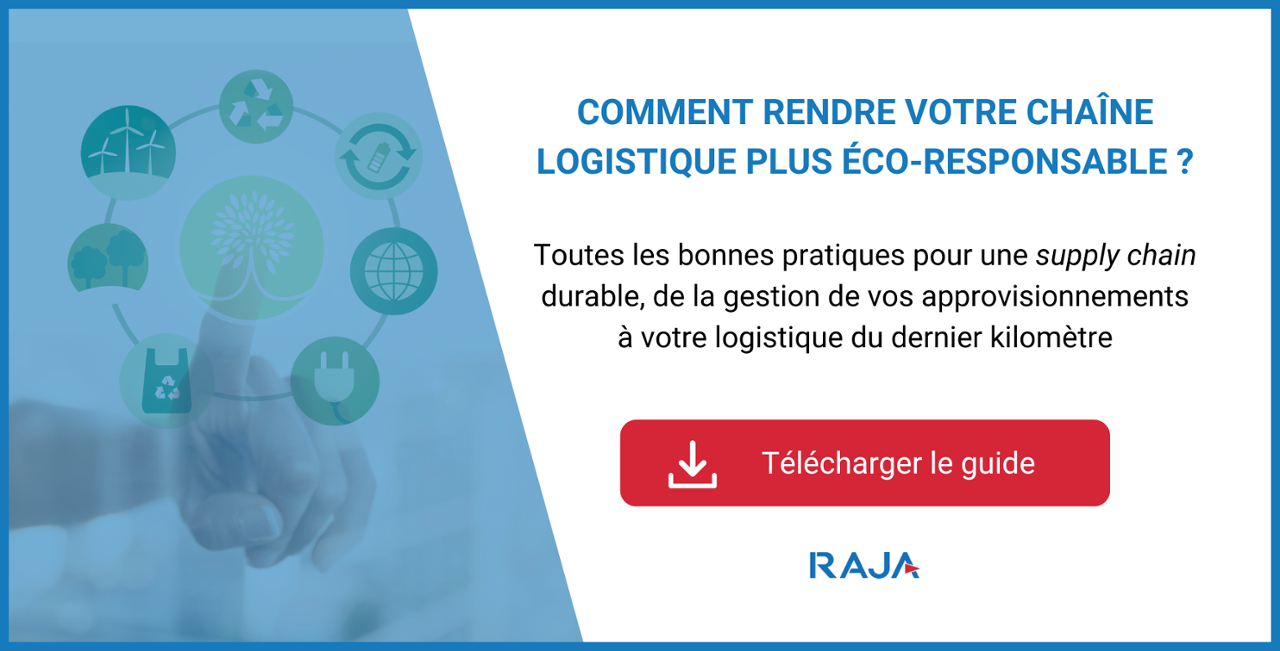Artificial intelligence has been in the news for years now. Between scenarios close to science fiction and concrete realities, AI is affecting all sectors of activity. To the point where a Gartner study estimates that, by 2025, 50% of companies will have designed AI orchestration platforms to make it operational, compared with less than 10% in 2020.
So where do we currently stand with artificial intelligence applied to logistics?
Supply chain, warehousing, deliveries: AI can be applied to many logistics operations, to make your life easier, increase the responsiveness of your service, and increase the competitiveness of your business. Discover here some use cases of artificial intelligence in logistics that will inspire you for the future.
What is artificial intelligence?
Artificial intelligence (or AI) is any computer system capable of reproducing human intelligence from a conglomerate of data.
There are several types of artificial intelligence. In logistics and transport, you will often find two of them, which are :
- Machine learning. This AI technique involves letting algorithms discover recurring patterns in a data set. Thanks to this analysis, the algorithms can then learn autonomously to perform a task, or to make predictions.
- Deep learning. This technique is based on the neural network model. The AI algorithm is then able to mimic the actions of the human brain to solve complex problems (such as facial recognition or driving autonomous cars).
How can artificial intelligence be used in logistics today?
For some years now, we have been hearing a lot about AI as an innovative technology, capable of bringing significant added value to many sectors of activity. What about artificial intelligence applied to the logistics function? Discover here some use cases.
Predicting consumer trends
Thanks to machine learning, artificial intelligence is already capable of predicting the purchasing behaviour of your customers. The technology will analyse information from within your warehouses (past orders, products ordered, etc.) and external data from the Internet (forums, social networks, forecasting studies, etc.). By crossing them, the AI can then predict future order peaks.
Thanks to these predictions, you can anticipate stock shortages and avoid over-stocking by adjusting your supply strategy.
Automated inventory management
By linking robots to an artificial intelligence computer system, they are able toput products in stock when they arrive, or scan them, to take an automatedinventory.
With this application, you can optimise the human resources at your disposal in your supply chain and limit stock errors. In warehouses where storage is at height, you also avoid the risk of handling accidents, as your logistics service providers no longer have to go to places that are difficult to access.
Automating order picking
Another phase of your supply chain can also be automated thanks to artificial intelligence and robotics: order picking. Based on the data included in your Warehouse Management System (WMS), robots move automatically in your warehouse to pick up your goods and bring them to the operator in charge of packaging them.
In doing so, you optimise your picking time and limit the error rate in your orders.
Optimising flow management
For the logistics manager, flow management can quickly become a headache. Artificial intelligence provides an answer to this problem by automatically optimising the various logistics flows.
AI in logistics can help you to optimise the flow of goods…
- Human physical flows in the warehouse. Thanks to objects connected to your information system, data is captured and sent to humans, who can then interact with them. The operators are then called upon at the right time to intervene on a precise task – for example, for temperature sensing in the warehouse or in the refrigerated trucks, which avoids unnecessary round-trips for the operators.
- Transport flows of goods out of the warehouse. Using data from your WMS, AI can create goods transport routes that limit the use of trucks. This will limit the environmental impact of your road transport, and optimise your delivery times, so that your customers are always more satisfied.
Quality control with Machine Vision
One of the most important elements in supply chain management is to ensure that your logistics are well managed and that the error rate of your orders is reduced. Your productivity depends on it, but so does your customer return logistics!
Machine vision, an AI technique that can detect behaviour or movements in the warehouse through cameras, can help you ensure optimal quality control. By automating the collection of information about your orders, it is possible to trace the entire path of an operator during order picking, and to identify the locations of possible errors. In short, AI provides you with better traceability of your goods in the warehouse.
Improving eco-responsibility through AI
The Internet of Things (also called IoT) coupled with AI also brings an additional technological brick to your eco-responsible practices. By installing sensors in your warehouse, your AI system can identify when you need to turn off lights or electrical appliances, based on the level of usage or movement in certain areas that are more or less used.

So what about the future?
What does the future hold for warehouses, with artificial intelligence applied to logistics? Technology is evolving rapidly, and it is difficult to predict with certainty what your warehouse will look like.
However, we know that robots will continue to become more and more autonomous, thanks to deep learning. It is possible that they will soon be able to predict what tasks need to be done in the warehouse, or even do their own maintenance on their own, without human intervention.
The subsidiary question that then emerges is what will be the place of the human being in these hyper-digitalised logistics and supply chain centres. Of course, new logistics jobs will emerge: data analysts, data scientists and even engineers will arrive in logistics departments. However, the key will be to recruit agile operators, capable of adapting to these technologies. The advantage? They will benefit from less repetitive, less boring tasks .
So, are you ready to move into phase 4.0 of your logistics organisation?















